
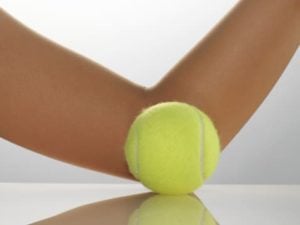
Some patients with tennis elbow have very mild pain, but some patients are truly disabled by the pain.
Do I have Tennis Elbow?
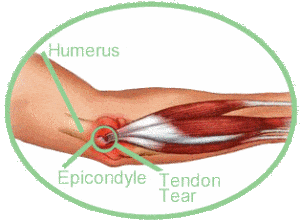
Treatments for Tennis Elbow
Luckily, for most patients their tennis elbow symptoms are mild and their course is self-limiting. That means that the pain will subside or go away on its own. Many patients tell me that a compression sleeve helps with the pain. Some report improvement with natural anti-inflammatory supplements. . For patients with more severe discomfort, many orthopedists will recommend physical therapy, but conventional therapy has led to disappointing results in treating tennis elbow. A few years ago, researchers realized that a unique form of stretching, called eccentric stretching led to a significant response in many patients being treated for Tennis Elbow. This led to the invention of the FlexBar. The majority of you will respond to using the flex bar, if it is used properly. There are many videos to show you how on YouTube. You can obtain a flex bar here. Even the NY Times wrote about the Flexbar in an article a few years back.
Cortisone Injections For Tennis Elbow
For a very long time, the initial treatment chosen for a patient with severe pain due to tennis elbow was a cortisone injection. Cortisone is a steroid and a strong anti-inflammatory. Initially most of these injected patients were very satisfied , but many patients note that when the injection wears off, they feel worse than they did prior to the injection.
Cortisone injections into a tendon, should, in general be avoided. This research paper reveals the downside of cortisone injections directly into a tendon. They conclude:
Overall it is clear that the local administration of glucocorticoid has significant negative effects on tendon cells in vitro, including reduced cell viability, cell proliferation and collagen synthesis. There is increased collagen disorganisation and necrosis as shown by in vivo studies. The mechanical properties of tendon are also significantly reduced. This review supports the emerging clinical evidence that shows significant long-term harms to tendon tissue and cells associated with glucocorticoid injections.
A recent paper in the Journal of American Medical Association revealed that patients with tennis elbow might actually become worse when the effects of the cortisone wear off a few weeks or months after the injection.
Among patients with chronic unilateral lateral epicondylalgia (tennis elbow), the use of corticosteroid (cortisone) injection vs placebo injection resulted in worse clinical outcomes after 1 year, and physiotherapy did not result in any significant differences
PRP Treatment For Tennis Elbow
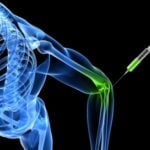
With the success we have seen with both the flexbar and PRP we have found that very very few patients ever go on to require surgery to treat their tennis elbow.
Click here to receive our Sports Medicine Blog Updates
Bottom Line…
You should likely avoid a cortisone injection for tennis elbow unless you clearly understand the risks, and are truly miserable because of the pain. Talk to your doctor about a compression sleeve, or flexbar, try to lift with your palm facing up and try to avoid offending activities as best you can.


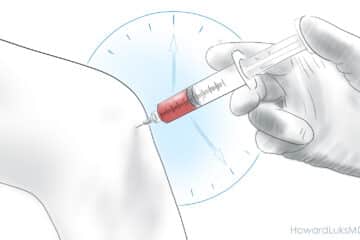
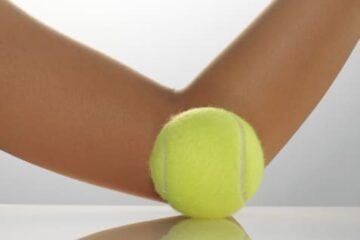

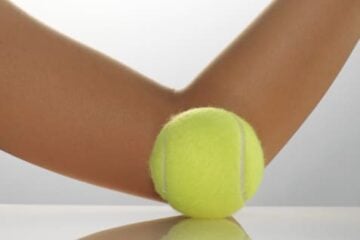




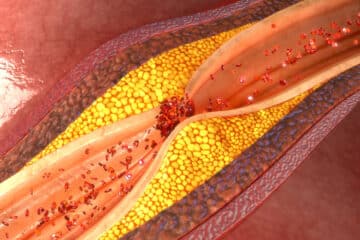

Dr. Luks,
In these comments over the years, you have consistently promoted simply waiting it out. It’s nice to see a doctor not pushing “procedures”.
I got TE and before it got bad, I stopped playing. I waited about 2 months before playing again. While I think I can now get away with playing every few days, I am going to play it safe and take another 2 months away. Better safe than sorry, and I should wait until I am at 100% strain free, not just 95%.